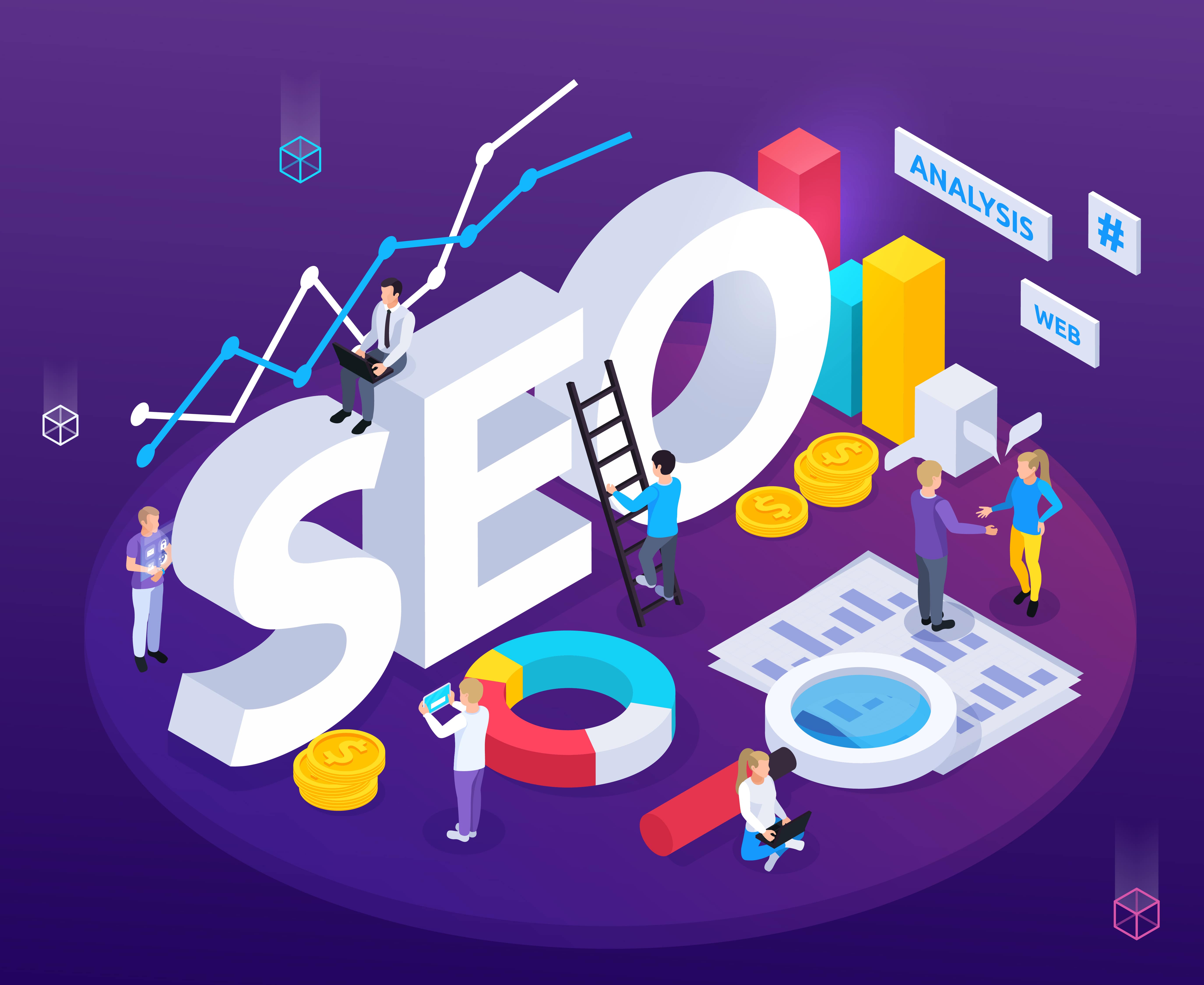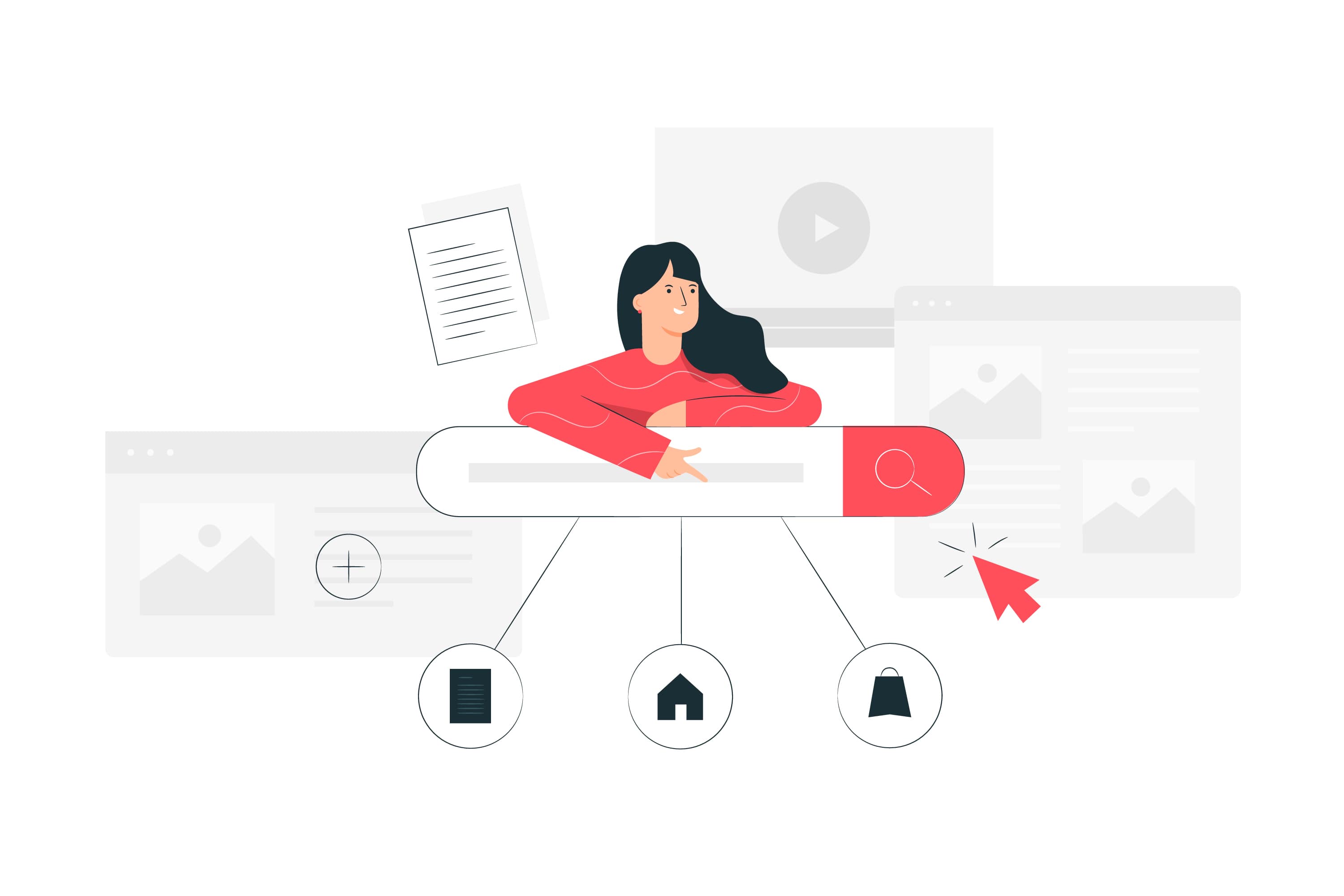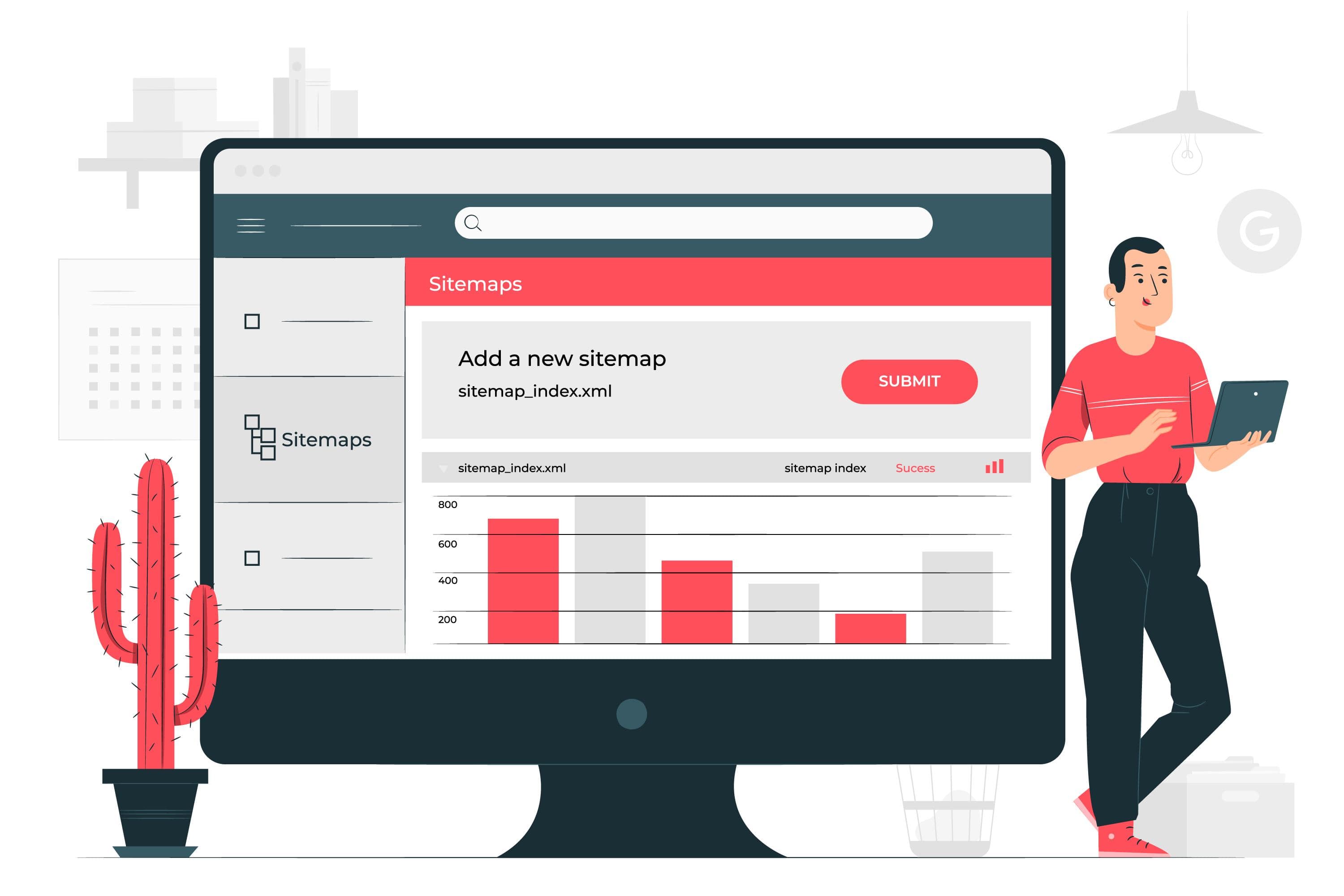Congratulations!! It is fantastic to know that you have been selected for an SEO profile. It is always appreciable to prepare yourself before attending an interview, whether you’re fresher, experienced, or a manager. Here are some SEO interview questions!
Search Engine Optimization is one of the leading digital marketing techniques and has been widely approved in many industries. SEO, therefore, plays a major role in the market today, and we are here to assist you in answering all relevant questions.
It’s essential to prepare well and be excellent in this field to achieve concrete results and be a successful candidate in your SEO job interviews.
We have listed several SEO interview questions such as backlinks, SEO types, outbound links, and different SEO tools. Also, keyword role, text anchor, google bot, robot tags, meta tags, toxic connections, algorithms for Google Search, etc. You will be able to get a successful study of this survey.
You’re right if you’re looking for questions and answers to inquire about experienced or new ones for SEO interviews. Many alleged organizations on the planet have a lot of opportunities.
According to industry assessments, SEO advertising is expected to grow by 2022 to over $5 billion from a mere $180 million thus. However, you have the opportunity to push your SEO development vocation forward.
Here are the SEO interview questions you need to prepare to crack the job carefully!
1. Why Do Businesses Need SEO?

Now, that’s the first and most common one in our SEO interview questions and answers countdown, and this is asked in every SEO interview.
Each company is now online or in the process of moving on the web. All of us want our products. In the top search, results are visible. The customer will likely come to your website if your website/product appears on your first page.
According to the research, it is interesting that only about 30 percent of people click on the first search results. Instead, most people place more confidence in the results’ The top positions’ (however, still on the first page).
2. Why Is SEO So Important?
According to Google, 70,000 searches are carried out every second, and 53% of all traffic is from organic searches. Another interesting fact is that 1/3 of customers seek a local company every day! That’s how important online marketing is.
Therefore each company should be available online as well, and, finally, the information they want to provide users exactly when they need it is very important.

SEO combines various elements that make your site visible to users who are essentially your potential clients. In other words, SEO offers the chance to make your normal customer a user. To be helped by SEO.
It is a basic one among SEO questions, so do manage to give a strong answer. First, however, keep the answer mentioned above in mind.
3. What’s Bounce Rate? What are The Main Factors For a High Bounce Rate? Conversely, How do We Decrease the Bounce Rate?

The bounce rate is the proportion of visitors who leave a website after just one page is visited. Let’s see the bounce rates with a formula in detail.
BR=(TV/TE)
Where,
BR stands for Bounce Rate
TV stands for the number of users viewing one page only
TE stands for entries on that page
Techniques to reduce your Bounce Rate:
- Make your website browsing easy for users to easily get the information they are looking for.
- The target for the appropriate search term to the right landing page.
- Optimize all co-related search terms on pages.
- Redesign the high bounce-rate entry pages.
4. What are 302 and 301 redirects? When Should We Utilize These Redirection Methods?
Temporary redirection is commonly called a 302. This redirection of the link does not pass to the new page of the link juice. This procedure informs the browser that your content is temporarily offline.
For all category pages where a product is sold or out of stock in the e-commerce industry, temporary redirection is widely used.
A 301, aka a Permanent redirect, informs crawlers that it will permanently delete the content of your page. Completely passed the link juice to a new page by 302 link redirecting methods. When a domain moves new CMS, or the URL structure of the page is changed, a permanent redirection is used.
5. What’s Indexing?
Have you ever wondered how any search engine can only return your search results in just a few seconds? So how can you find such a huge number of websites in literally a blink of an eye searching for your information? Well, thanks to indexing, that happens.
Indexing is how search engines organize the data to search quickly. Consequently, it won’t be shown in user search results if your website is not indexed (not in the search engine database).
Put an indexing request through Google’s Search Console to be indexed on Google. Google usually takes two days to index a website, but in a few cases, it may take even 2 weeks.
6. How to Target a Particular Country Audience For the Business?

It would help if you had that country’s TLD (Top Level Domain) domain for people from all countries in advance. It would help if you had a domain like http:://www.example.br to target Brazil. You should also be able to host your website in the same region, so host your website in the same country.
The geographic setting of the webmaster tool is the next important step. Go to your Webmaster Tools account in the Search Traffic section, select International Targeting, and choose the country you are interested in.
7. How does the Bounce Rate differ from the Exit Rate?
The Bounce rate equals how many visitors arrive at your website without visiting any other page, and the exit rate is the number of visitors who leave your website. For individual pages, the exit rate is calculated.
Exit Rate is = Bounce Exits + Bounce Pageviews / Non-Bounced Exits + Non-Bounced Pageviews
Many factors lead to a high bounce rate, meaning users leave a specific page due to web design or usability problems. Secondly, the user can get the required information on the landing page.
8. How to Search for Ideal Keywords for a Business Website?
Google’s keyword planner is the best choice for keyword research. After you log in to your Google Adword account, you can find it. You will find the appropriate search term with the corresponding volume in the Search Keyword Idea option.
You may also find the city or country-wise keywords and search volume. The suggestion given by Google under the search results list of pages is another way to search for keywords. You can also use third-party tools, such as word tracker, word stream, trends for Google, etc.

9. What’s Google Sandbox?
Google Sandbox is essentially an imaginary place where Google maintains new websites before placing them at SERP. The purpose of putting a new webpage into a sandbox is to check whether the webpage is optimized better or if the search results are well ranked in black hat activity. For less than one month to 8 months, a domain may be in a sandbox.
10. What is the Difference Between XML and HTML Site-Map?
This question may certainly get included in advanced SEO interview questions in your interview.
Usually, HTML sitemaps are designed to improve the user experience for users to navigate easily from one page to all other internals. This website map also provides website structure information.
XML sitemaps are created for search engines so that GoogleBot can easily crawl, index, and discover new pages. XML sitemaps also give various options, such as adding additional information about pages within a sitemap like an image, video, news, etc. You can also add change frequency to the corresponding page with weekly, daily, and monthly options.
11. What is the Max Limit of URLs We Could Include in a Single Sitemap? What is a Sitemap index file? When Do We Have to Create This File?
URLs in a sitemap shall not be more than 50,000 URLs and shall not exceed 10 MB. Split your map into a multi-plank map if your sitemap contains more than 50000 URLs. The list of sitemaps is contained in a sitemap index file.
The maximum index file limit is 1000 and cannot exceed 10MB. A sitemap index file with the following tags is created to manage several sitemaps.
<sitemapindex>
<sitemap>
<loc>
<lastmod>

12. What are Keyword Density, Proximity, and Prominence?
Now, this one is among the deep interview questions for SEO executives.
Keyword Density: The density of keywords means the percentage of total keywords used on an entire website or a blog post.
Keyword Proximity: It refers to the proximity of two or more keywords. Reduce the distance between two important keywords for better keyword proximity.
Keyword Prominence: Prominence Keyword refers to the prominence of a keyword on a web page. As in the first paragraph, the important keyword is generally recommended to be placed on a web page in the right place.
13. What is a Canonical Issue? How to Resolve this Issue?
Canonical occurs when multiple URLs have access to the same page. This problem may result in the same website having duplicate content.
For instance, different filters, such as color, size, and price, can access the same page in the eCommerce industry. Canonical tags are being used with the <rel canonical > tag on multiple original page versions.
For Example: <link rel=”canonical” href=”http://google.com/sports-shoes”/>
14. What are the Advanced Suggestions of Google for Assigning Page Titles?
The pixel width of the characters used in the web page’s title should not exceed 512 pixels for better page titles. Once Google crosses the limit, it trounces the title with CSS and adds ellipses.
15. List Some Great Tools That You Utilize For Your Daily SEO Activity?
We use the following tools for my SEO work:
- Google Webmaster Tools
- Google Analytics
- Open Site Explorer
- Ahrefs
- Alexa
- Xenu
- Screaming Frog

16. What’s Schema.org? How will it Help You Enhance Your Ranking?
Schema.org is a tag library with a particular meaning in each tag. You can add these tags to your web page to modify the SERP representation. Can add the result of your snippet page to stars and reviews.
17. How to Completely Remove Any Certain Page from Google Indexing?
Among all interview questions for SEO executives, this one holds great importance.
You can use the Remove URL from a webmaster tool to delete a web page from Google indexing. The webmaster tool removes it from your website first before you submit this page – it returns 404 or 410.
18. Can We Utilize the rel=canonical Tag for a Cross-Domain?
Yes, for cross-domain, too, you can use the rel=canonical tag. Google announced in 2009 that it supports the canonical cross-domain tag. In general, this type of channel tag is used for syndicated content.
19. How Can We Increase The Load Speed of Any Page or Website?
To enhance the page loading time, we must follow these steps:
- First, utilize external CSS for web pages.
- Avoid big-size images on the web page. Instead, compress the picture before utilizing it on your web page.
- Deduct the irrelevant code from the entire page and website.

20. What is the EMD Update?
Google updates always hold a vitality in advanced SEO interview questions.
EMD means Exact Match Domain; Google’s filter prevents those poor websites that want to utilize commercial keywords on their domain name from ranking properly.
21. How to Stop Crawlers From Indexing a Web Page?
You can request that your web page is not indexed in two ways. First, you can block the specific robots.txt file from the first method. Secondly, the Meta Robot tag uses the NOINDEX attribute on a page.
<META NAME=”ROBOTS” CONTENT=”NOINDEX”>
22. What do You Understand From Google Dance?
Whenever major Google updates occur, the sequence of results pages is frequently modified. It goes on for some days, so Google Dance is called.
23. Is there Any Certain Limit for the robots.txt File?
Yes, Googlebot reads the first 500 KB of Robots.txt files, so your limit is 500kb only.

Leave a Reply